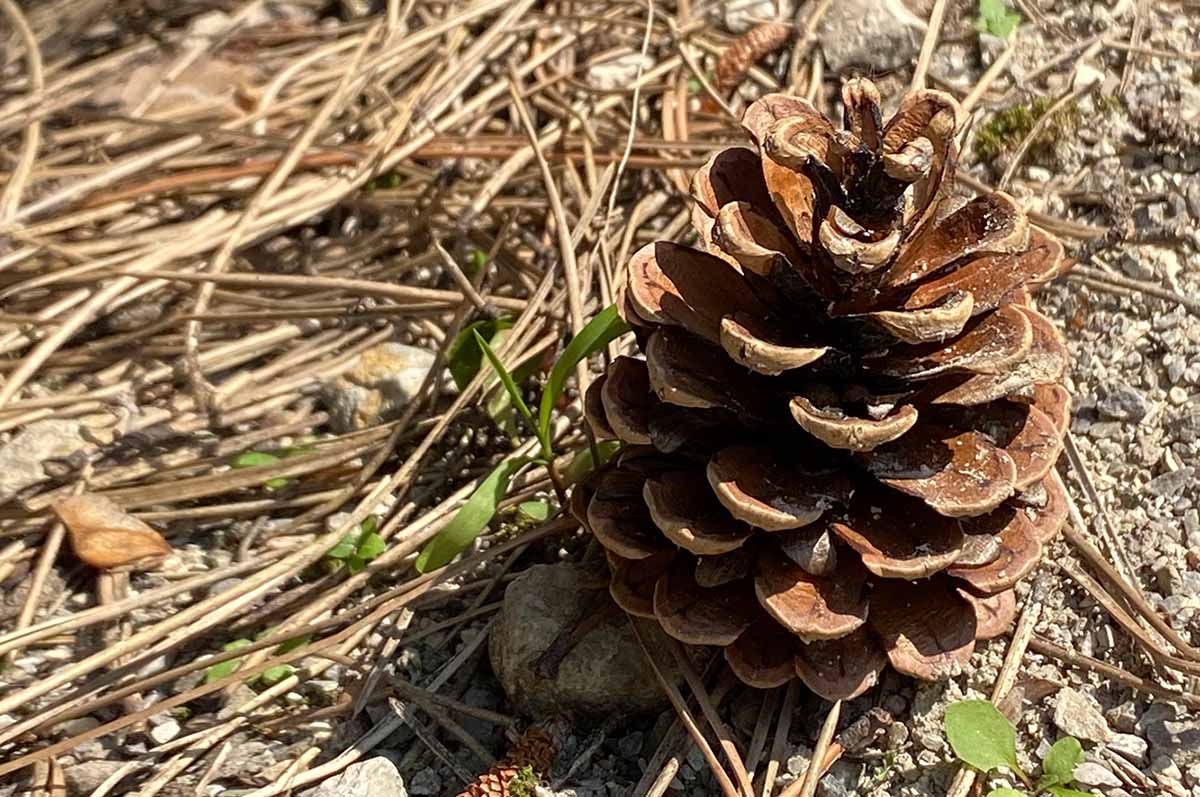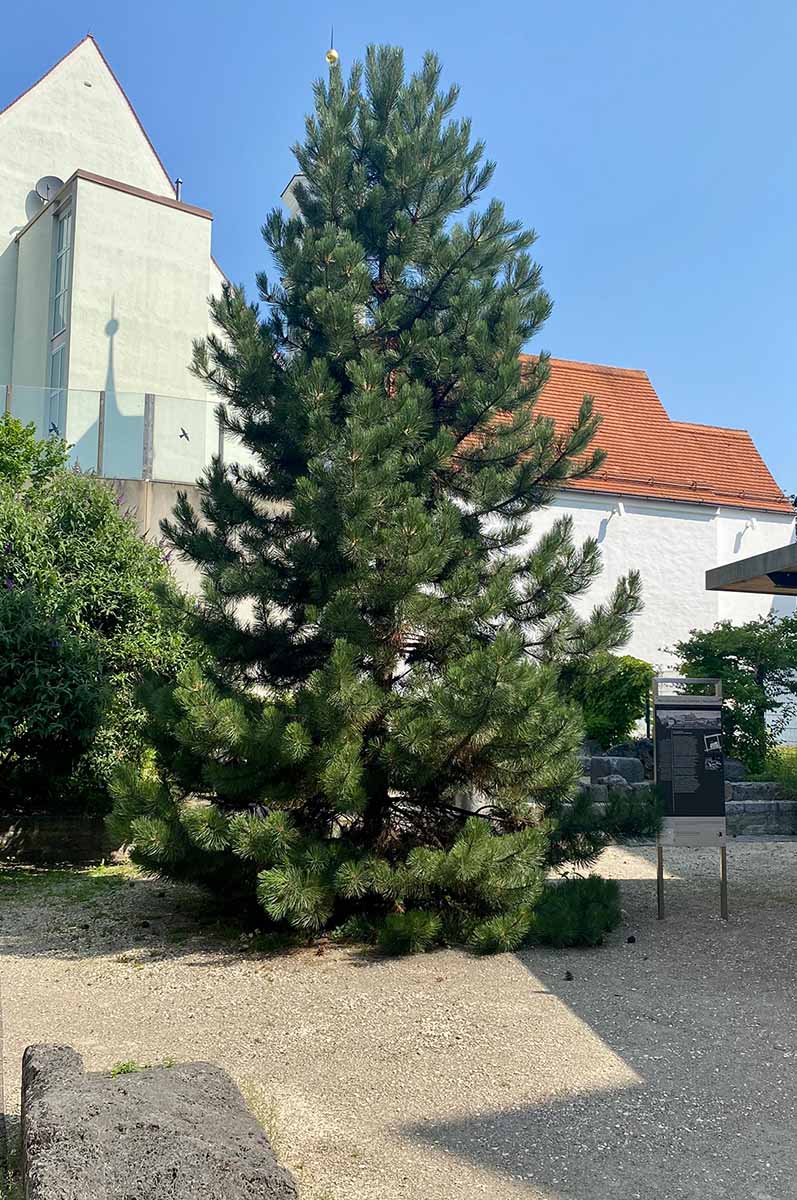


Stadtarchäologie / Arch. Zentraldepot
The archeology in the city of Augsburg includes all prehistoric epochs from the Neolithic to the Metal Age to research into the Roman provincial capital Augusta Vindelicum and its surroundings (roads, cemeteries, manor houses, infrastructure). The Stadtarchäologie and the archäologisches Zentraldepot in Augsburg's Textile District are responsible for the preservation, research and documentation of this cultural heritage.
STADTARCHÄOLOGIE
The landscape at the confluence of the Lech and Wertach has been a preferred settlement area for over 5000 years. The people who lived here left a variety of traces: remains of buildings, graves, canals, offerings, rubbish pits and much more. The Stadtarchäologie, established in 1978, takes care of the preservation, documentation and research of cultural legacies in the entire city area and from all eras - from the Stone, Bronze and Iron Ages to the Roman era and the Middle Ages to modern times.
In the run-up to construction measures, the Stadtarchäologie carries out excavations or supervises the specialist companies commissioned to do so. The salvaged objects are cleaned by the Stadtarchäologie, conserved if necessary, inventoried and stored professionally, the excavation documentation is archived. The Stadtarchäologie makes finds and documents available for scientific theses and research projects at universities and institutions in Germany and abroad, the results of which are presented in publications and exhibitions.
ARCHÄOLOGISCHES ZENTRALDEPOT
With the finalisation of the Archäologischen Zentraldepot in spring 2017, the Augsburg cultural property storage in the former worsted spinning mill is complete. After the Textil- & Industriemuseum and the Stadtarchiv, the Stadtarchäologie also received contemporary storage and working conditions. Here is space for the entire archaeological finds from Augsburg, from artistic Bronze Age needles to Roman stone monuments weighing several tons to wafer-thin Venetian glasses from the Renaissance.
The majority of the finds, especially the ceramics, are housed in a two-storey mobile shelving system in the large main storeroom. There are also special magazines, for example for the heavy stone monuments in the basement or a specially air-conditioned area for the sensitive metal objects.
All offices and workshops of the Stadtarchäologie are located under the same roof. This makes it possible to monitor the condition of the valuable and fragile objects permanently after they have been recovered and, if necessary, to take conservation measures to protect them. The bright and modern library with archaeological specialist literature is also available to students and interested citizens (after registration). It also serves as a lecture and conference room.
The construction project, with a volume of €9.7 million, was largely funded by the Free State of Bavaria as part of its urban development funding. The state office for non-governmental museums in Bavaria granted a significant subsidy for the equipment. Further grants are due to the Bavarian State Foundation, the district of Swabia and the Bavarian State Office for the Preservation of Monuments.




THE ARCHAEOLOGICAL GARDEN IN THE CATHREDRAL QUARTER
The eastern cathedral district is now a quiet residential area, characterized by large garden areas. It is hard to imagine that the center of the Roman town of Augusta Vindelicum was located here about 1800 years ago. A huge market hall, the forum with the Capitol temple and administration buildings as well as a large public bathing facility can be proven. According to excavations from 1992 to 1996, these so-called thermal baths were located on what is now the property at “Äußeres Pfaffengässchen 9 to 13”. In order to prevent the historic structure from being destroyed by an underground car park planned there, the city acquired a 400 square meter part of the building site with the address “Äußeres Pfaffengässchen 9”.
Antique paving leads through the entrance
Even the entrance to the Archaeological Garden, which opened in 2011, points back to history: all visitors cross the pavement of an ancient street. This Roman building trace differs visibly in its orientation from the modern building. Only the late-Gothic chapel at the back of the property, formerly part of the former prison, stands in line with the ancient buildings: a continuity for over 2,000 years!
Three construction phases of the city's history can be seen
The property is planted with Mediterranean plants. The cones of the dominating black pine are reminiscent of the Stadtphyrr, the emblem of the city of Augsburg. Inside, information boards provide information about the most important construction phases and epochs of the city's history, which can be seen on this property:
- The Roman fort of the 1st century AD
- A Roman bath complex (thermal baths) from the 2nd to 5th century AD.
- The use of the property in the Middle Ages and in modern times
The representation of an archaeological layer profile on a scale of 1:1 forms the center of the public facility set up by the Stadtarchäologie with the support of the Langner Foundation. In addition, insights into the methods of modern archeology are provided. Original finds, models and partial reconstructions document ancient building technology, as well as the use and conversion of building materials. In order to preserve the structures for later generations, the sensitive Roman building structures were not uncovered again and no further excavations were carried out.
Child's play, drinking water and recreation
Children receive playful information on their own blackboards. In addition, the Archaeological Garden is also an insider tip for those looking for relaxation: A quiet place in nature, in the middle of the city. And also good to know: A drinking water fountain provided by the public utility company provides refreshment on site.
Archaeological Garden
Äußeres Pfaffengässchen 9
April–October, 10 a.m.–5 p.m., free admission
Closed: November - March
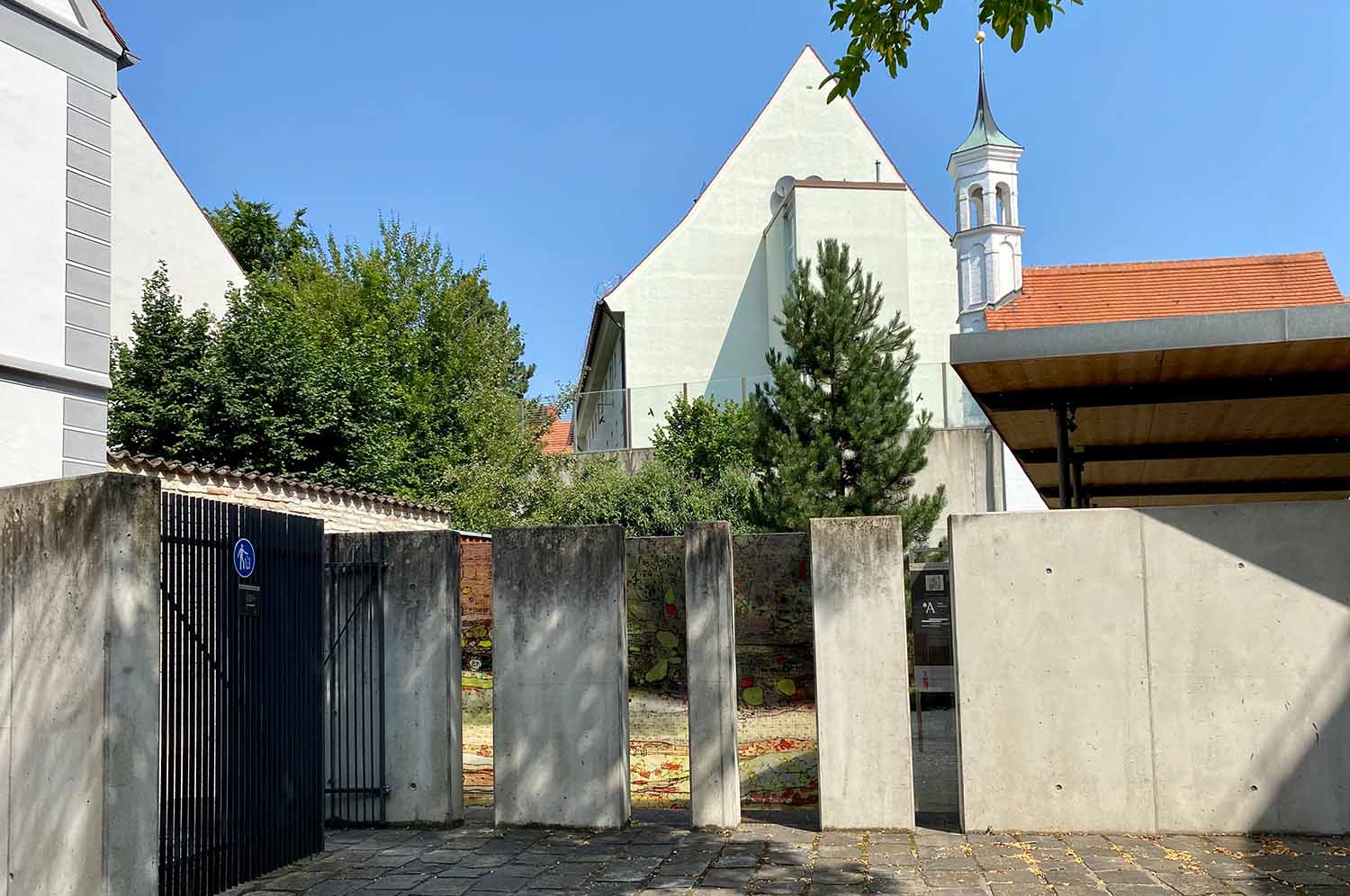
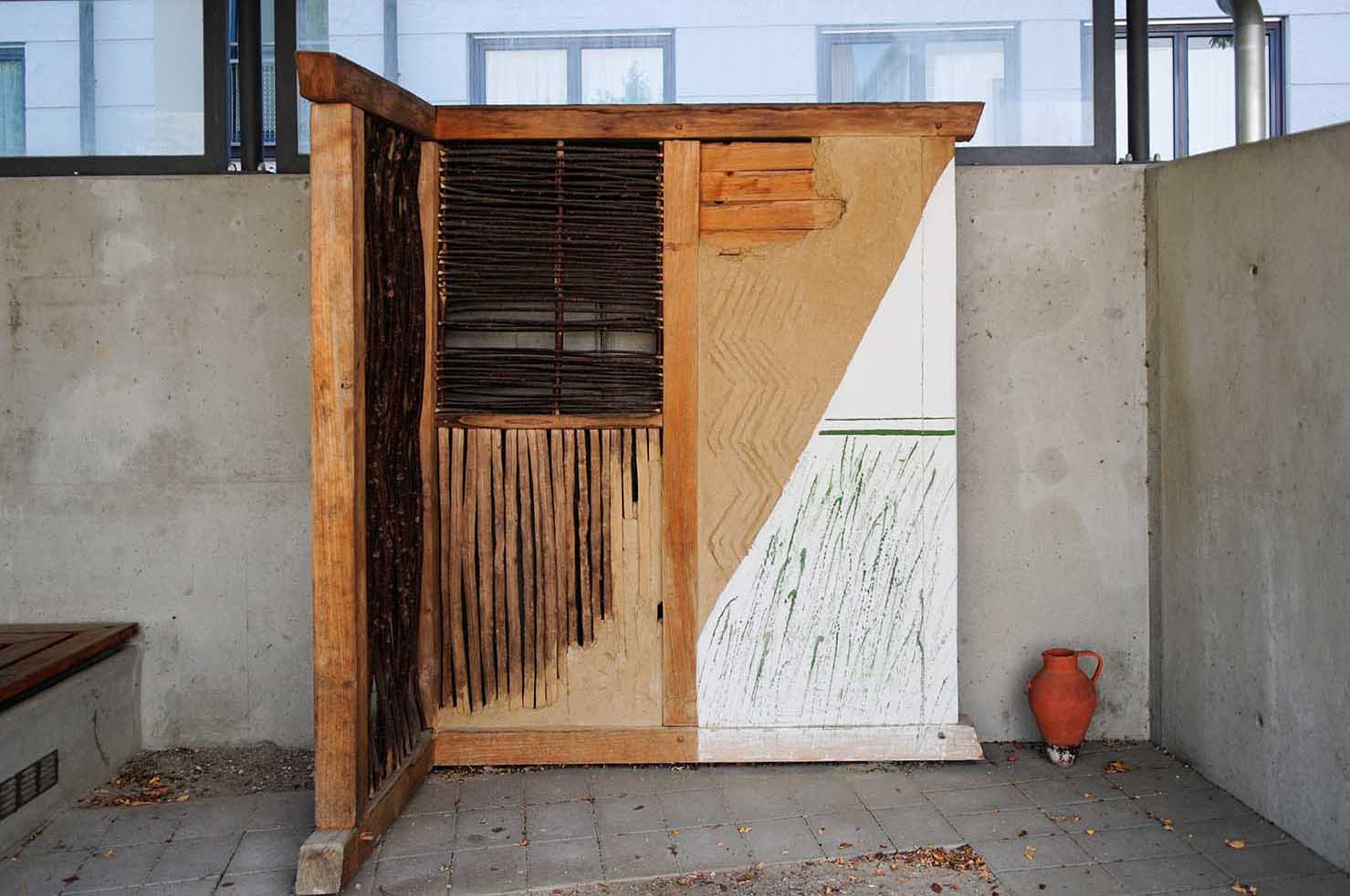
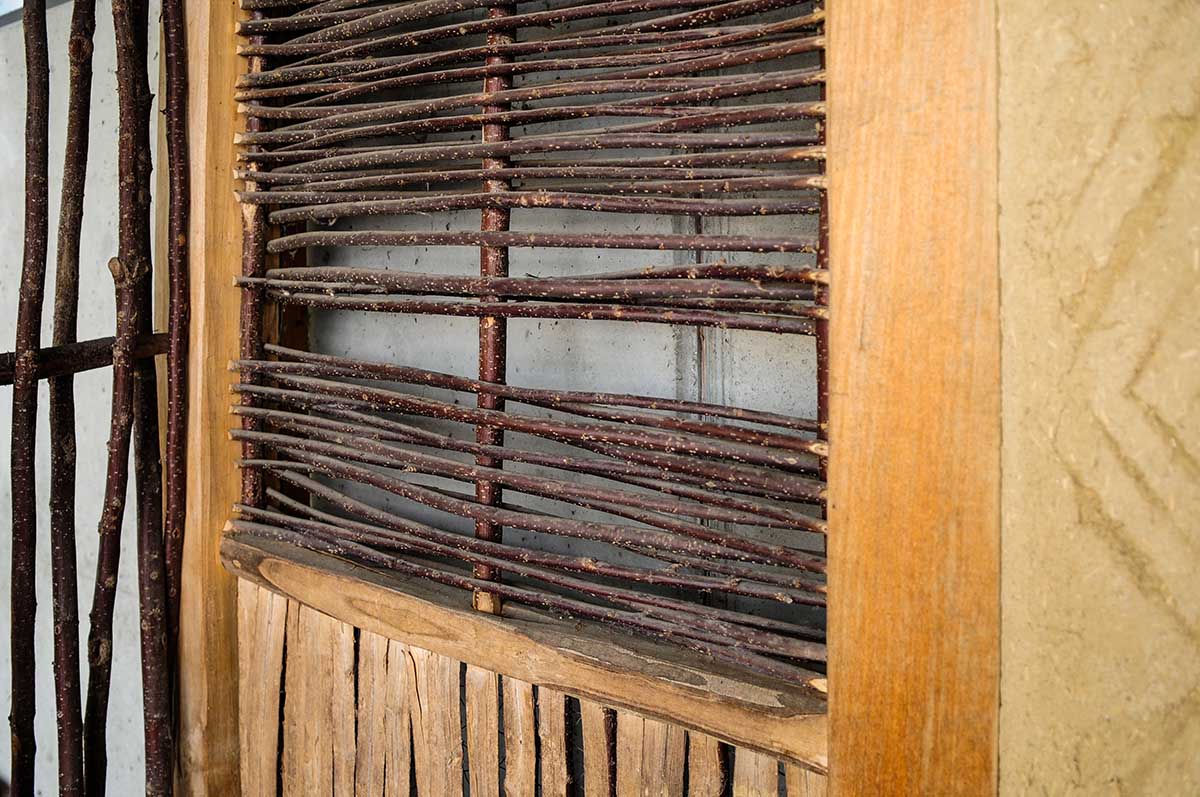
HIGHLIGHTS
SERVICE FOR BUILDERS
According to Article 7 of the Bavarian Monument Protection Act, a permit under monument law (“excavation permit”) is required for all earthworks in which archaeological monuments could be destroyed. This also applies to measures that do not require a building permit. You can download the application form as a pdf here: Application for an excavation permit
Even before you buy a piece of land or in the preparatory phase of your planned construction project, the Stadtarchäologie is available for free advice. The earlier you contact us, the more effectively and quickly the further procedure can be designed for both sides and delays in your construction project can be avoided.

